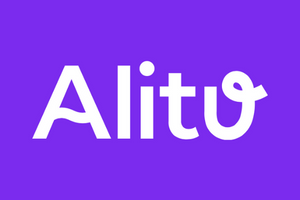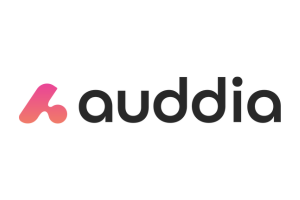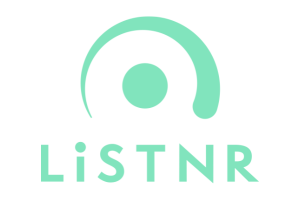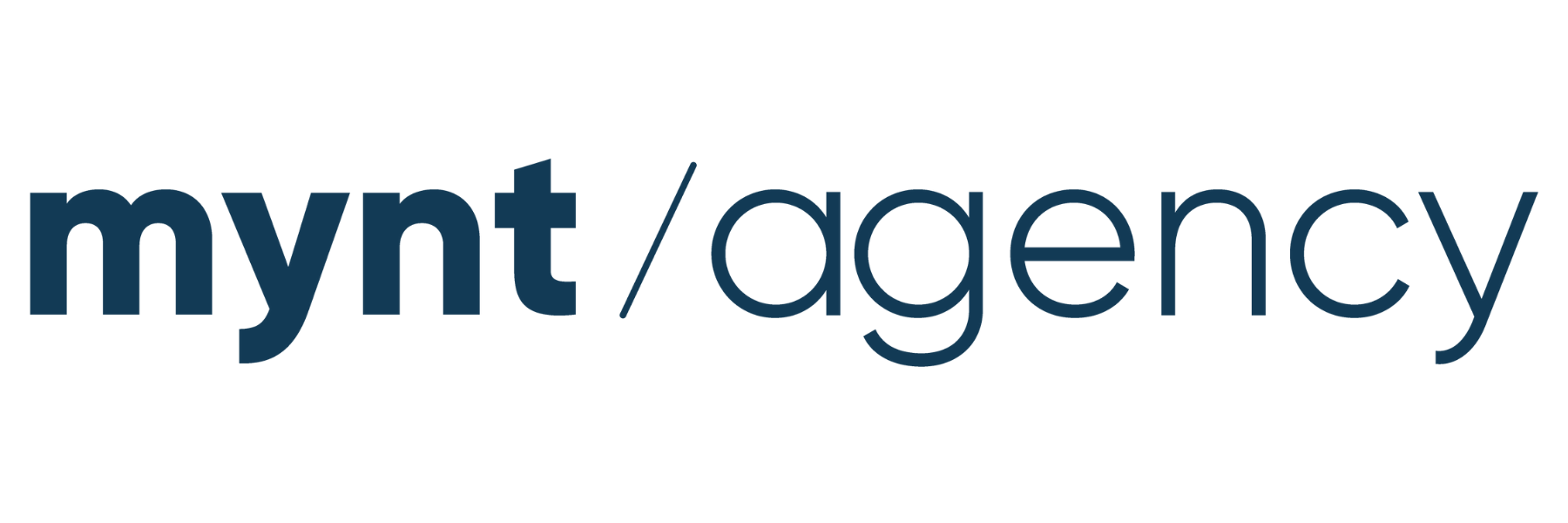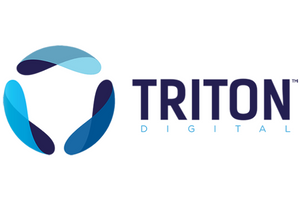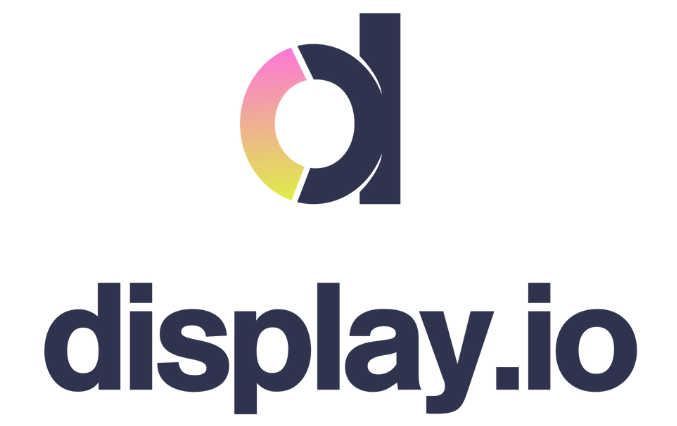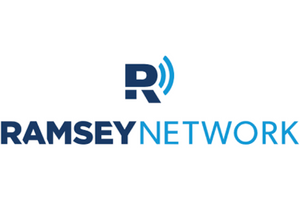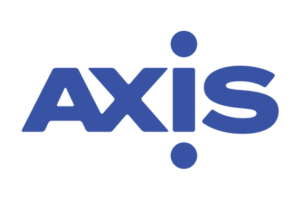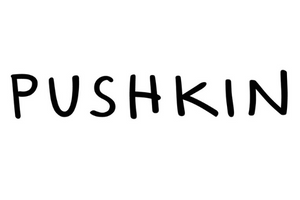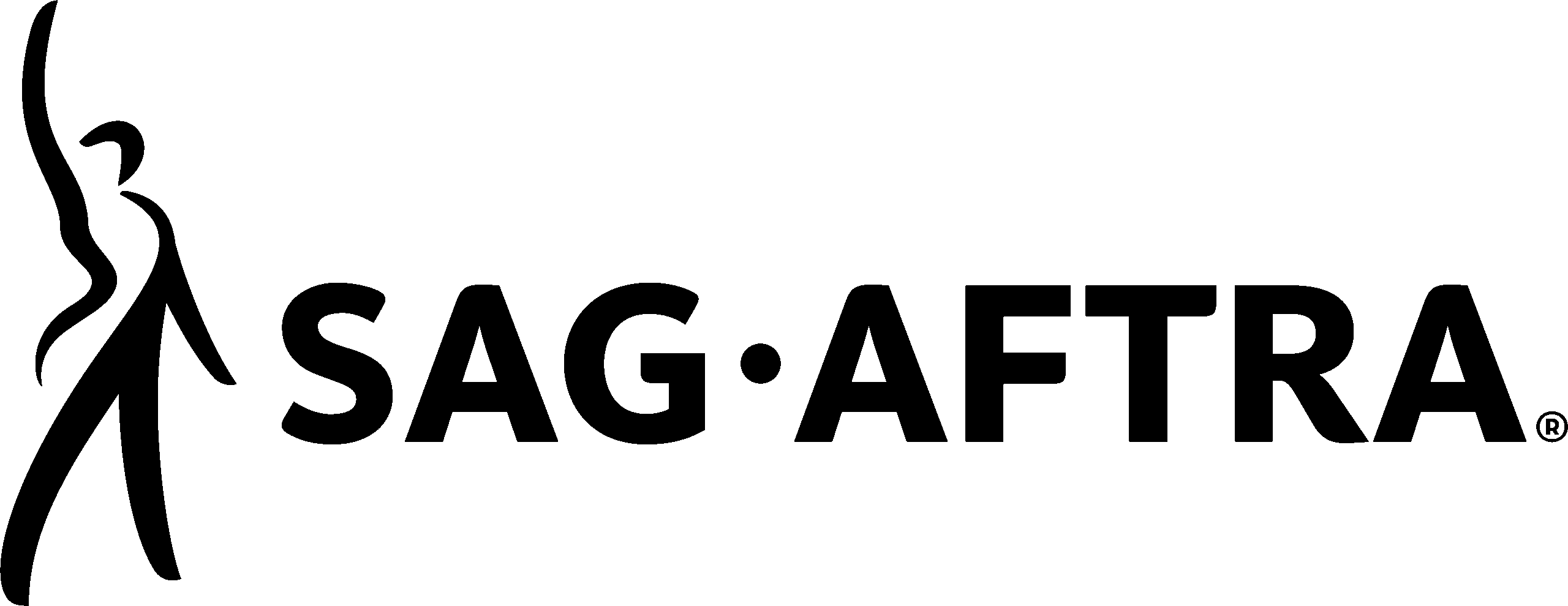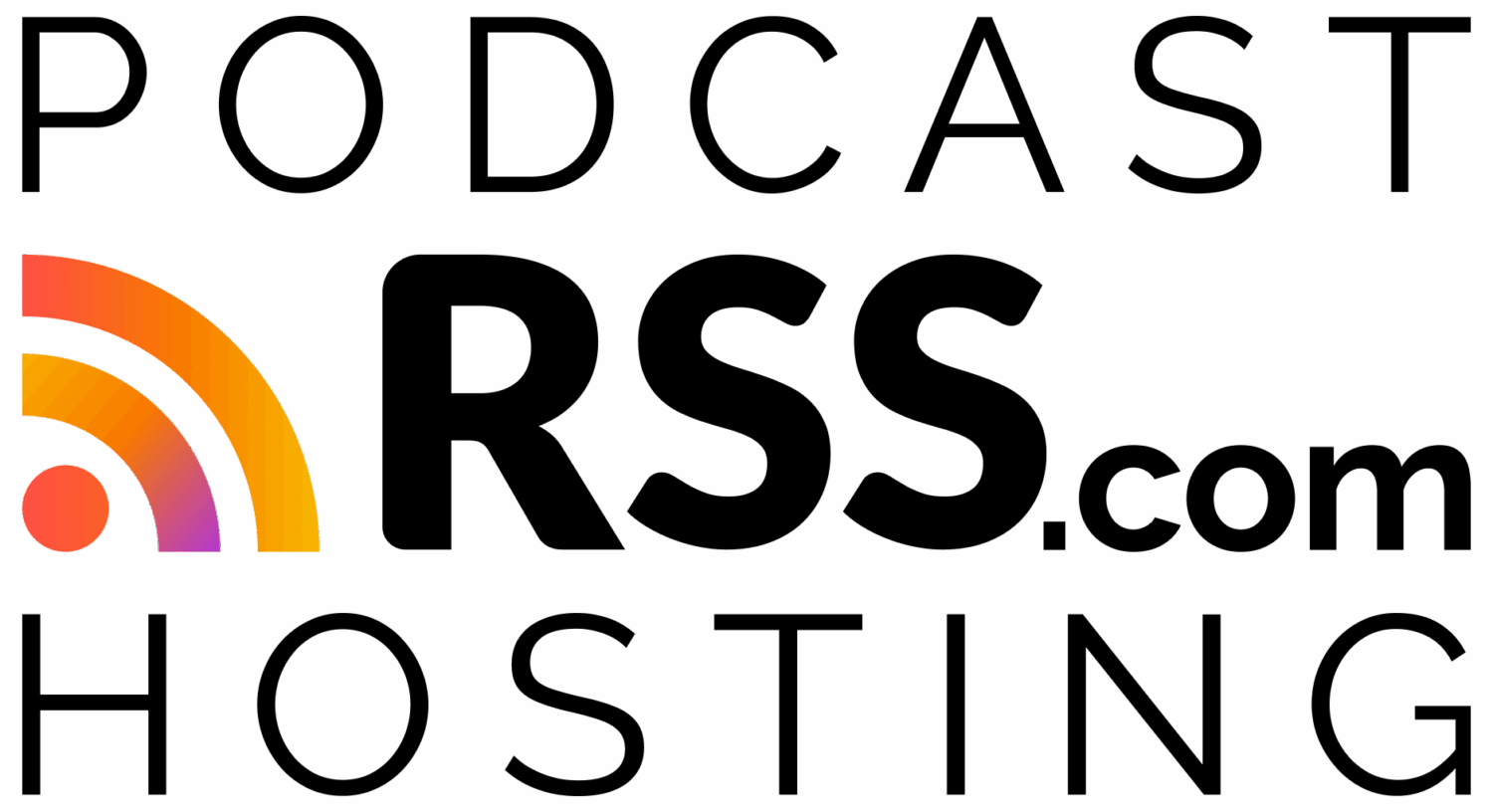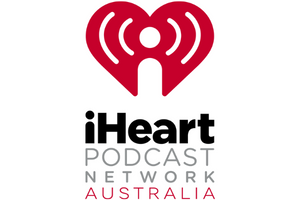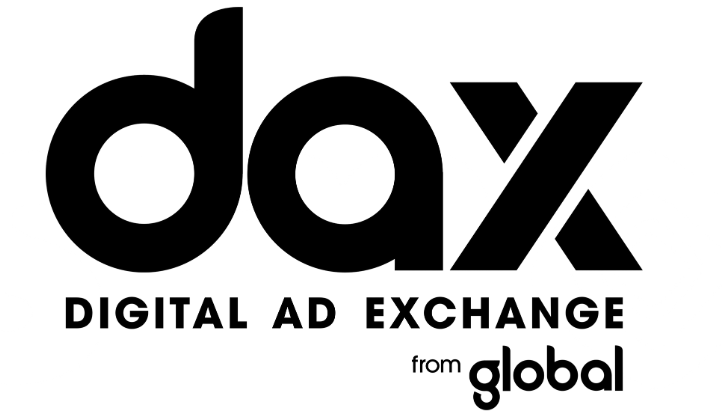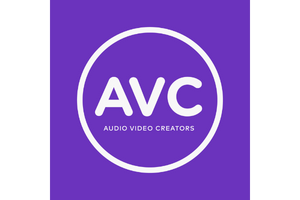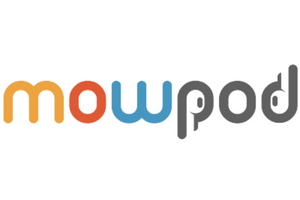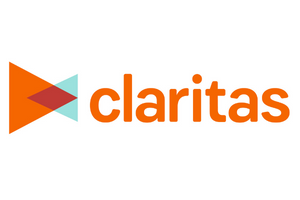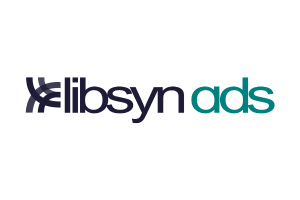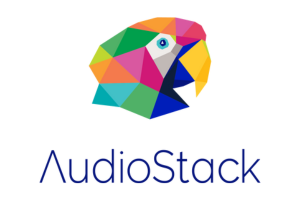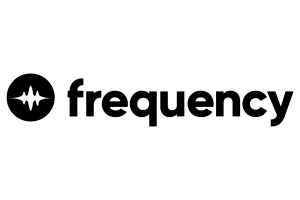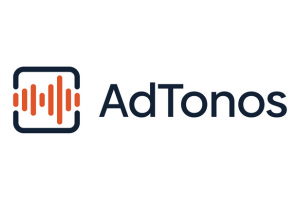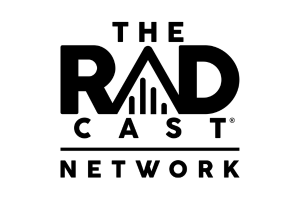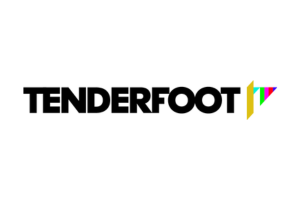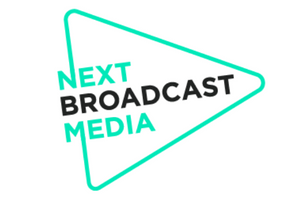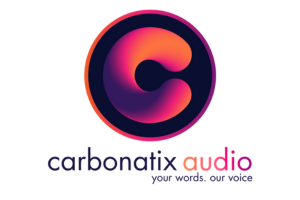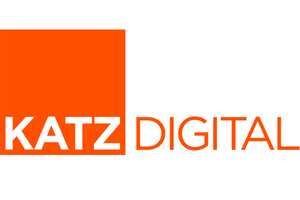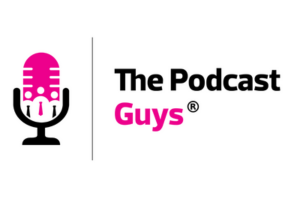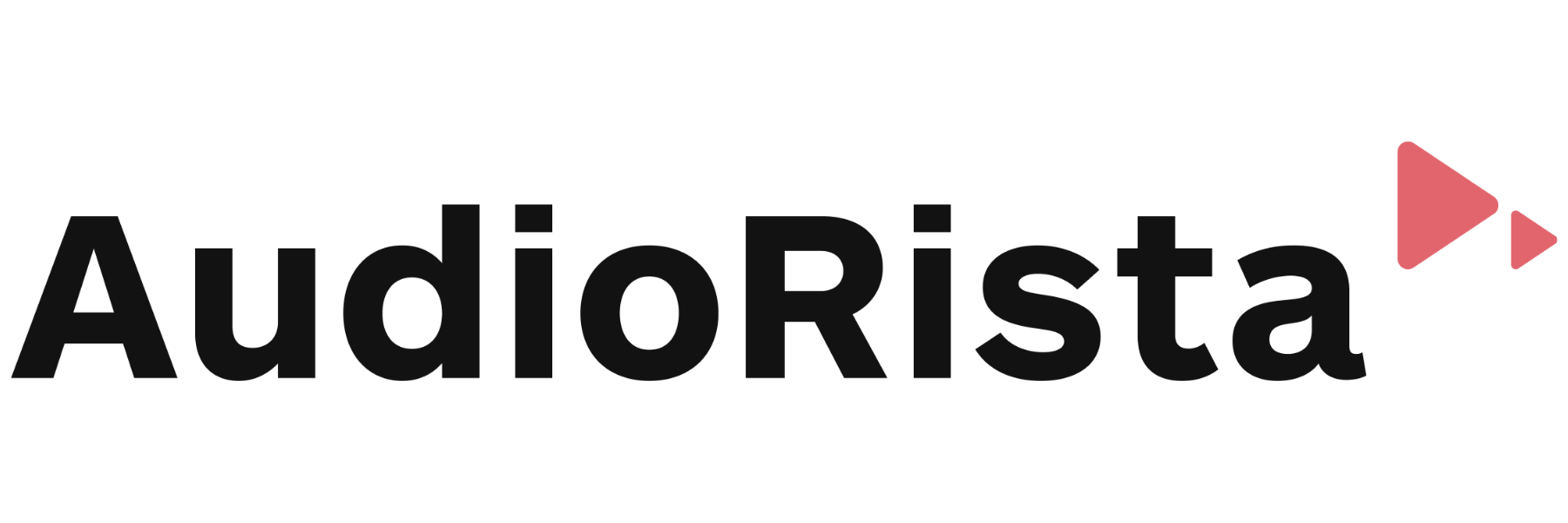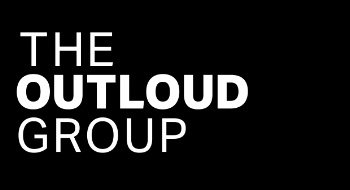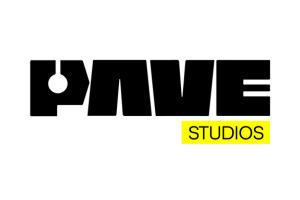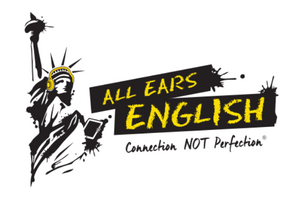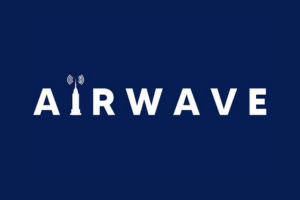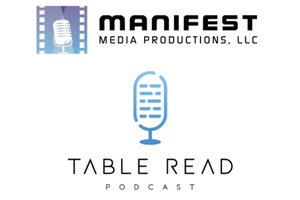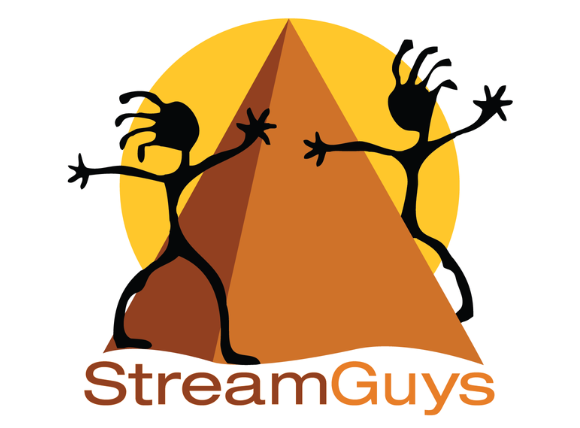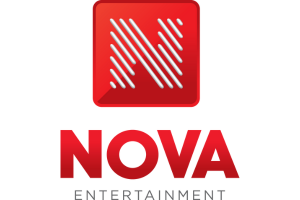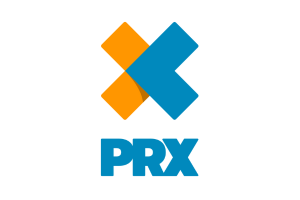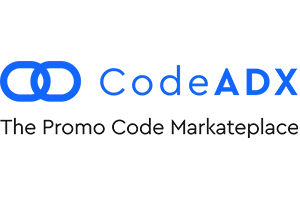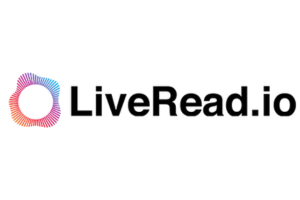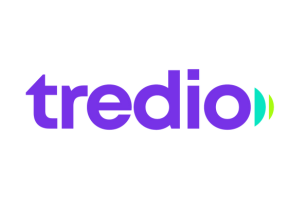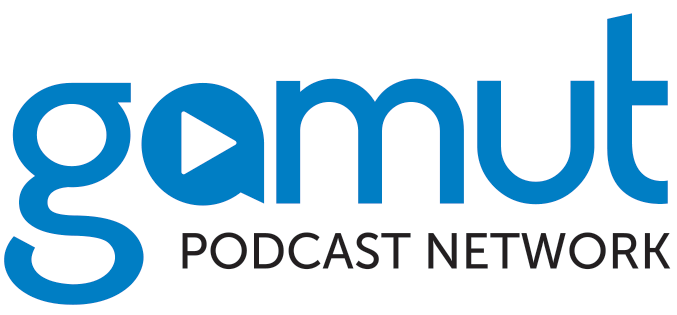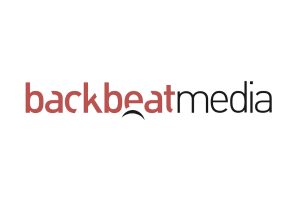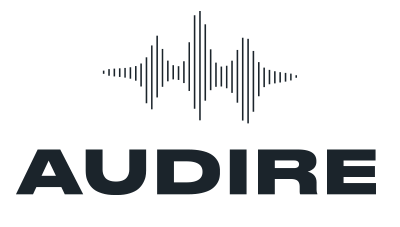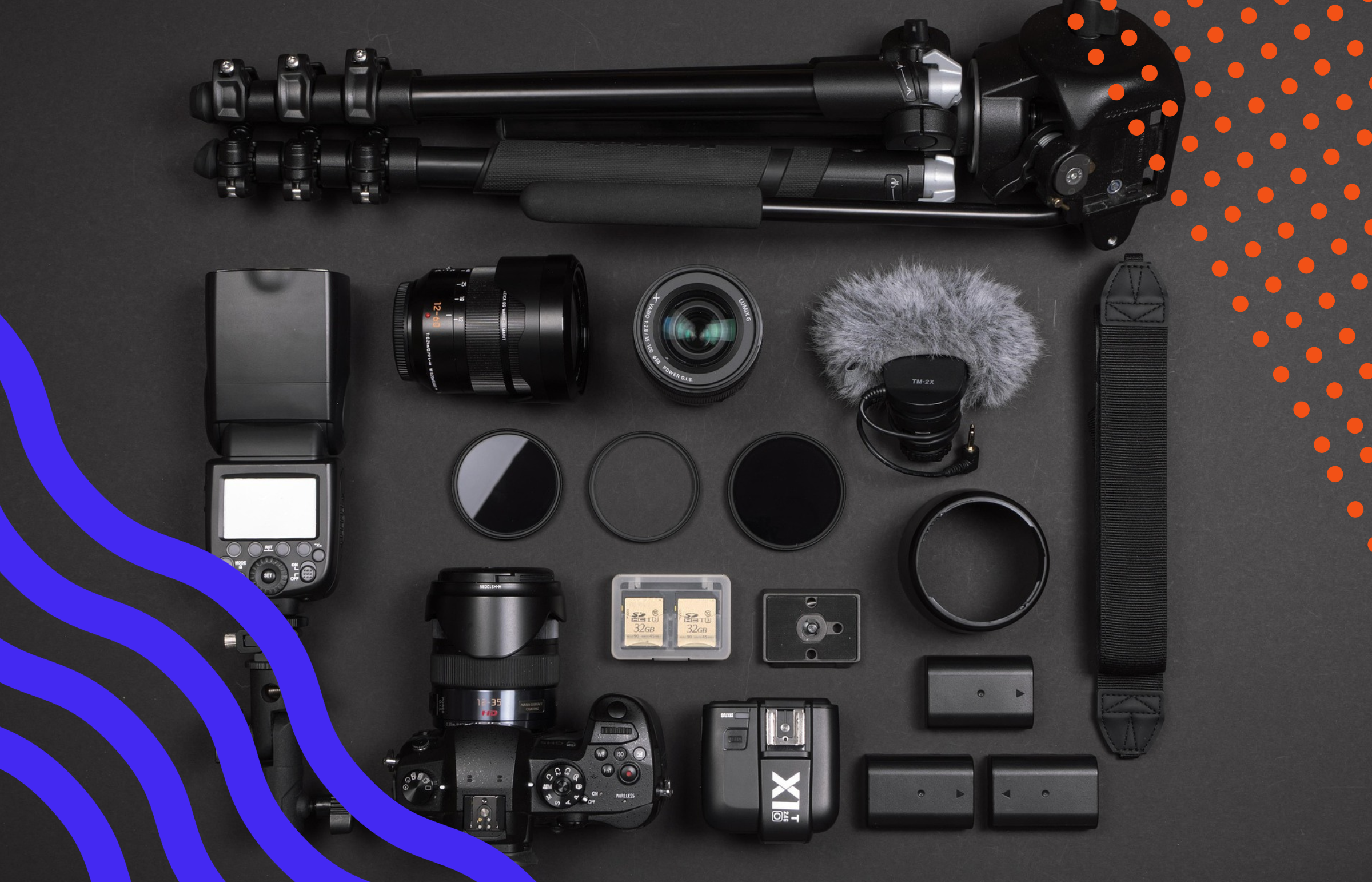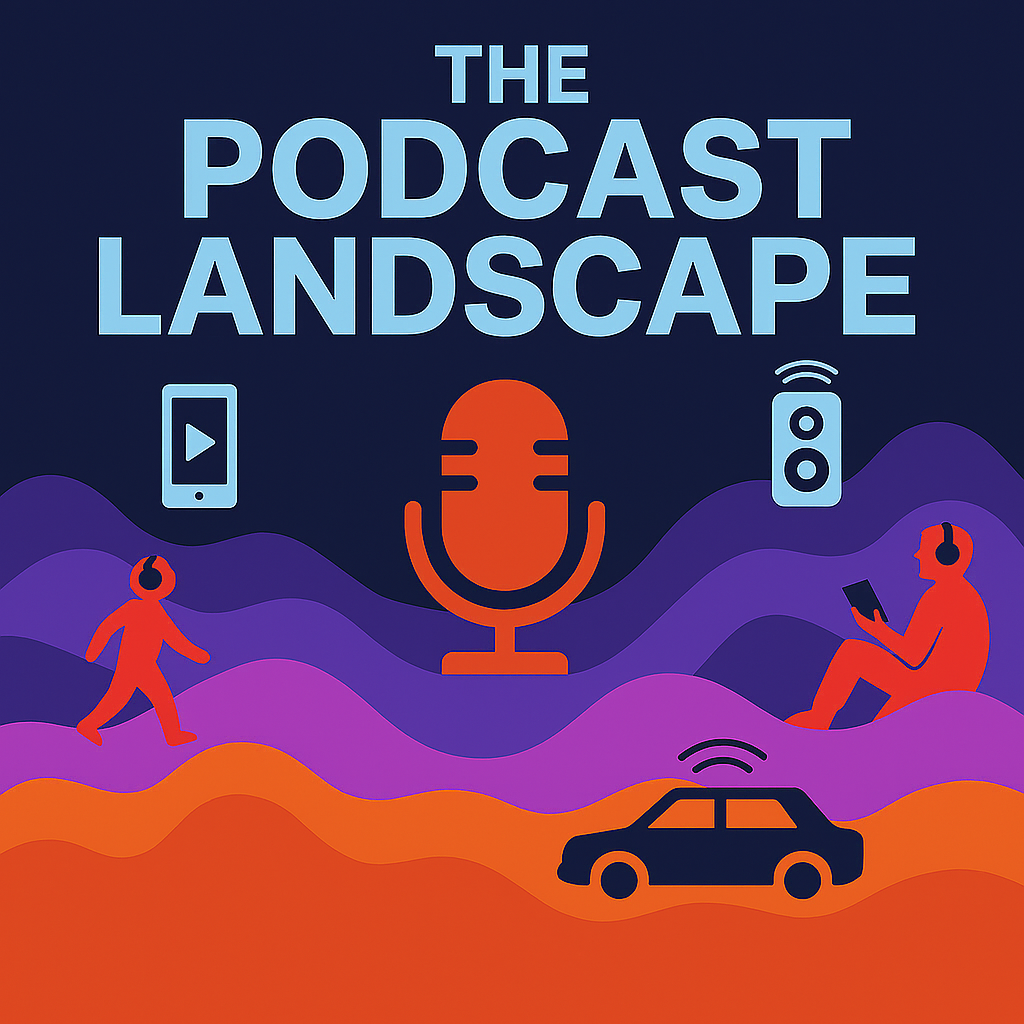By Edward Fuller, Media Bodies
As an industry, we’re always good at celebrating how far we’ve come. How our tools and set ups have evolved to allow advertisers a level of strategic targeting and measurement like never before. How we’ve taken on the agility to shape our content, formats, and platforms to cater to consumer preferences. But here’s the thing – a lot of these discussions tend to occur within the silos of our industry itself.
Brands that have leveraged the audio advantage see the progress and remain encouraged. But for those that have never quite strayed away from strictly traditional performance based channels, the opportunities in Podcast advertising feel too far into uncharted territory to be a comfortable investment.
As an agency, we’ve always had a strong presence within the Gaming Industry. And it’s one that holds so much promise for Podcast advertising. It may seem counterintuitive at first thought, I know. For an industry where much of the main product’s appeal relies heavily on visual elements and aesthetics, audio advertising might not seem like the smartest choice. And that in itself is one of the main problems. The format in which advertisements are delivered is what keeps so many Game Marketers from even considering the channel.
Now, we on the inside know that it would be incredibly myopic to define Podcast advertising purely by the sensory format. We know that what makes Podcast Advertising so uniquely effective goes well beyond – we can’t forget the influential power of Podcast hosts, their relationships with listeners, the communities, the quality of content, the powerful storytelling, the intimate listening experience.
So much of what the Podcast advertising landscape has to offer presents opportunities to fill in gaps the Game Marketing world is looking to fill in. And let’s not forget this is one of the most valuable industries in the leisure/entertainment segment – they draw in over 400 Billion in revenue each year. So we need to get better at speaking their language. We need to start looking at moulding some of our evolution and offerings to show them the potential of symbiotic progress.
Where Podcasting comes in for Game Marketing
Game Marketers have traditionally heavily relied on performance-based channels that offer deterministic attribution. But in recent years, there’s been a major shift in what the Marketing mix should look like. Changing privacy regulations and policies have made it increasingly risky to purely rely on a single performance channel. Diversification has become important, not only as a contingency, but also to cater to different audience segments.
What’s more, getting the ad in front of potential customers isn’t enough anymore. The surge of AI and available ad space has made it increasingly easy to create apps and games, and the digital ads that promote them. Saturation has led to ad fatigue – attention and receptiveness have become hard bargains.
Not to mention, the market is maturing – in 2024, mobile game installs declined. However, in-app revenue actually increased. This underlines how important it’s become for app and game marketers to actually attract VALUABLE users with purchasing power and retain them, which brings another key factor into the equation – building community.
Competition is fierce, and the cost of acquiring users through traditional channels is rising. Now, more than ever, game marketers are looking for alternative channels that can break through the noise in memorable ways that drive action.
We have the opportunity to position Podcast advertising as that solution.
And this ultimately comes down to 2 things –
- Bridging Game Marketers’ pain points with what makes Podcast ads unique
- Speaking the industry’s language
Selling what makes Podcast ads unique for Game Marketing
When it comes to bridging those pain points, the value of audiences is an obvious place to start.
We’re armed with data on the typical Podcast Consumer. We’ve seen that close to 90% of Podcast consumers are aged 18-54. This means the generation with the most disposable income currently, and the generation that’ll move onto having the most disposable income over the next decade, are the primary consumers of the channel.
The average Podcast listener in the US is also more likely than the population average to have a household income over $75K.
Those high-value consumers with purchasing power Game Marketers are looking for?
They’re listening to podcasts.
They’re turning to Podcast hosts to follow discussions on their topics of interest, and to learn about new hobbies. They’re tuning in to Podcasts to hear programs that accompany TV series or movies.
This is where we demonstrate to the Gaming world how Podcast hosts can weave games into narratives of interest – often to varied niche communities. They can introduce these games as new hobbies for listeners to take on, get these audiences excited about a new IP title. And they can do it in a way that actually gets their audiences to pay attention.
Because these consumers aren’t just listening. They’re actively engaging – with the content, the creators, and the community.
In general, the marketing community is now well warmed up to the potential of leveraging parasocial relationships and influential personalities in society to drive purchasing behaviour. For game marketers, this has meant influencer marketing is increasingly entering the mainstream for alternative user acquiring channels.
That’s our bridge. We need to bring more outsider attention to how Podcast hosts are arguably amongst the most influential media personalities today, often more so than other social media Influencers.
We have data on the sense of companionship Podcasts offer, the unmatched parasocial relationships created by the intimate listening experience.
We need to emphasise how Podcast hosts’ endorsements are better received, and actually capture attention and drive action.
We know that 71% of listeners are willing to learn more about brands advertised – higher than any other medium, that a majority of listeners actually like or don’t mind Podcast ads, rising to 87% for video-based Podcasts. That compared to the regular paid advertisements on platforms like YouTube, which viewers find annoying, disruptive or repetitive; ads read by podcast creators/hosts seem ‘Informative, Interesting, Relevant, and Entertaining.’ That audiences within specific niches like True Crime even show particular proclivity for branded content.
But now more than ever, marketers in industries like gaming are valuing memorable distinctions – they want to be assured the channels they choose can accurately capture what makes their games and apps special.
Here’s where we emphasise the storytelling power and potential of Podcasts. In a medium where hosts captivate and cultivate loyal audiences in intimate listening environments, ad content isn’t diminished by the absence of a visual- in fact, it often offers an opportunity to embellish the offering. They can conjure vivid imagery, weave compelling narratives that emphasise personal connections to a game, they can provide authentic testimonials of what they specifically enjoyed the most in the game – whether it is the visuals, the storyline progression, or a personal resonance with the character arcs.
And for those that are adamant the visual element cannot be lost, we introduce the concept of simulcasts and draw attention to the massive growth of video podcasts.
But naturally, there’s more to it. Knowing we need to highlight Podcasting’s ample opportunities and value isn’t enough – we need to learn to do it in a way that actually shows we understand both, the gamer AND the game marketer. For that, we need to get better at actually speaking the industry’s language – but that is a separate discussion.
First, we can start with painting a clear picture of the opportunity – Podcasts are a means for Game marketers to break the mold, combat that ad fatigue and avoidance consumers have started displaying towards traditional channels. Where they’ve started running out of ad creatives for traditional channels, Podcast hosts can present unique creatives that fit the brand, actually resonate with their audiences, AND drive action.






